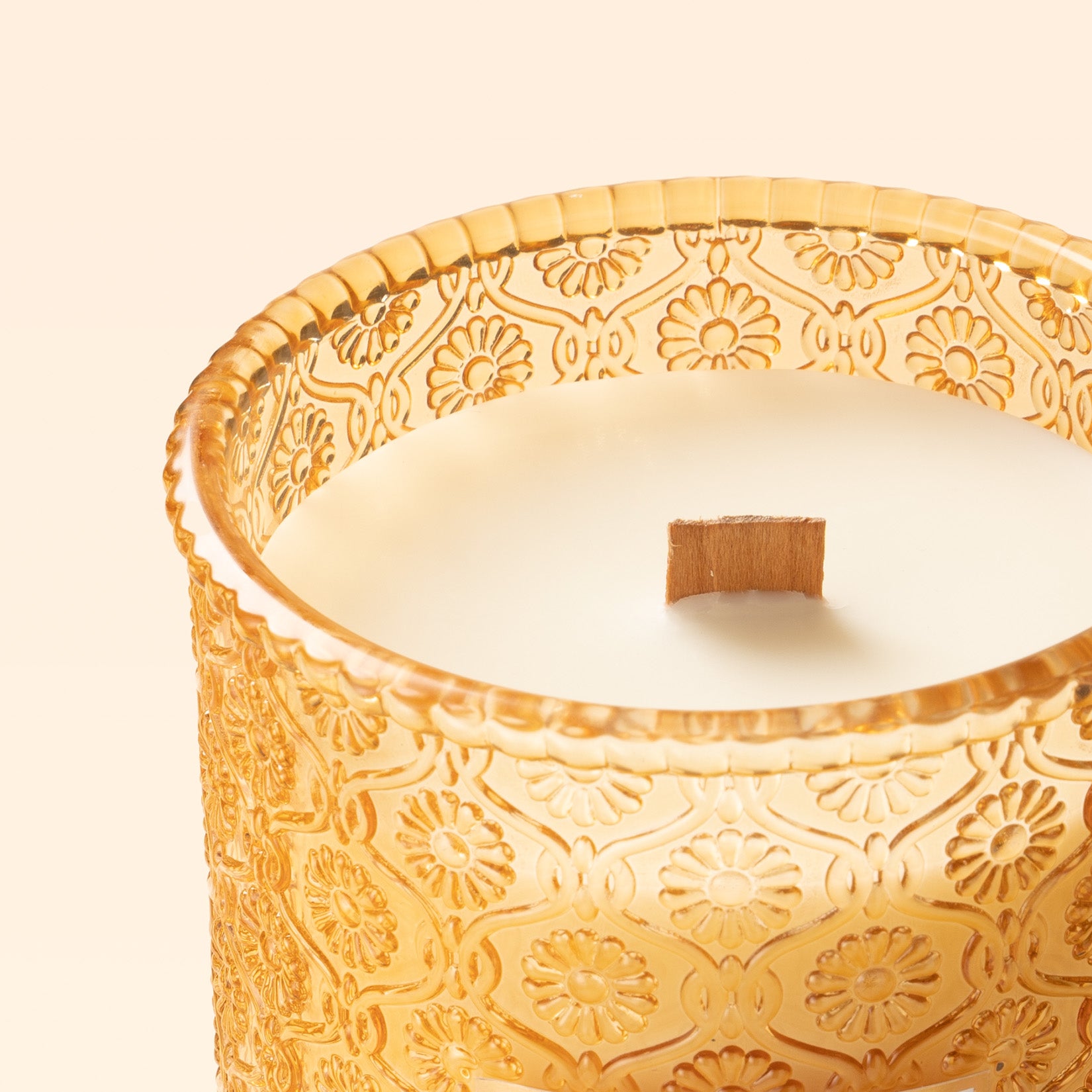Combining colors in your home sounds challenging, but we promise—it’s much easier than it looks.

When your screen is flooded with beautiful images of stunning interiors, it’s hard not to feel overwhelmed. How do you combine colors? How do you find the color palette that represents your space?
While a stunning color palette looks amazingly complex, the building blocks are surprisingly simple. By the end of this blog, you’ll know how to create a color palette you love in minutes.
Let There Be Light (And Make Sure To Get Samples)

Before you dive in and paint your whole house your favorite color, let’s talk about light. Light is extremely important. Fact: A color that works in your living room will look different in your bathroom.
Artificial light, natural light, a north-facing room, a south-facing room—it all matters. The color you love in the store might not translate well at home because of the light!
Whatever colors you end up choosing for your home, make sure to get paint swatches, floor samples, fabric swatches, and wallpaper samples—whatever you need to check and make sure your colors work together. Wander from room to room and see the difference.
Also, bear in mind different colors, tones, tints, and shades will suit different rooms. A cool, north-facing room could benefit from added warmth, and a sunny south-facing room can get away with more dramatic looks.
Let’s Get Colorful

You can’t talk about color palettes without talking about color theory! You’ve probably already familiar with the color wheel. To start off, let’s look at color temperature, which classifies colors as cool or warm.

Cool Colors
Blues, purples, and greens. They tend to feel more sophisticated and serene and are great for bedrooms and bathrooms. Just like the blue of the sky, and the greens of nature, they’re calming and soothing to the eye.
Warm Colors
Red, yellows, and oranges. A warmer interior can be energizing, cozy, and fantastic for playrooms and offices. If you’re looking to feel more upbeat, learn warm.
Color temperature plays a huge role in deciding the mood of space. Whatever your favorite colors are, think about how you want the room to feel. Is it for eating, sleeping, or working? Are you looking for calm or energy?
Depth and Nuance: Tints, Tones, Shades

Does the idea of repeating the same four colors feel limiting to you?
Here’s the thing: those model homes you see on Pinterest and Instagram use a limited palette. The key is that they use them in different ways.
This is where tints, tones, and shades come in. When you think of blue, what kind of blue do you think of? Light? Dark? Blue-green? In reality, there are multiple blues to choose from—here’s how those colors are made.
Hues
Before we start—when we’re talking about the basic colors that make up the color wheel, these are called hues.
Tints
Hue + white = tint
For example:
Red + white = pink
Red + even more white = lighter pink
Pretty easy right? That’s what a tint is. Any color on the color wheel plus white.
Tones
Hue + gray = tone
When you add gray to a color they become more desaturated (toned down) and less bold. They’re wonderful for living spaces because they’re not too strong and they’ll always have their original undertone.
Shades
Hue + black = shades
Adding black to a color can make it richer and darker, which brings great contrast to a space. Darker colors also feel more refined.
When we talk about color palettes, we’re talking about all three of these in various combinations. A color palette isn’t combining the basic primary colors, but choosing from the various tints, tones, and shades within those colors to add depth and dimension.
The Color Palette Of Your Dreams
To keep things simple, let’s talk about the three main palette styles.
Monochromatic

Imagine each color on the color wheel as a slice of pie. If you take a slice of that pie, the outside color will be the boldest color. The closer your move to the center, the lighter the color. A monochromatic color scheme is simply all the tints, tones, and shades in that single slice. If you wanted a monochromatic blue space, you would have a choice of every blue in that slice of the color wheel.
Analogous/Harmonious

This means that you’re choosing two or three colors that sit next to one another on the color wheel. So if you wanted to create a blue, green, and purple space you’d have the choice of every tint, tone, and shade within those three slices of color.
Complementary

This is when you use two colors that sit opposite each other on the color wheel. When you use a complementary color palette, there’s an automatic contrast that you don’t always get from other color palettes.
It’s also a foolproof way to combine warm and cool colors! While blue and orange might sound too much for a space, think about all the different tints, tones, and shades you can use—your space is guaranteed to look cohesive!
So now that you know how to choose your palette, what’s next?
Find Your Rhythm with Repetition

By repeating similar shapes, colors, textures, and patterns in a space, you’re going to get a cohesive look and feel. This is basically the design principle called Rhythm, which suggests movement or action. Good rhythm creates a visual tempo and a sense of movement for your eyes to follow.
For example, a matching green rug, vase, or throw is an easy way to add rhythm. Another great way to add rhythm is by adding green undertones to white paint on your walls or finding decor or furniture with subtle green undertones. By repeating colors and patterns in your space, you’re pulling things together for visual cohesion and making everything feel like it belongs.
Now that you’re all ready to design your space, how about adding that extra homey feel with some decor? Don’t worry, our decor is beautifully neutral, so you can plant, store, organize, and make your space smell amazing without worrying about colors.












My developer is trying to persuade mme tto move to
.net from PHP. I have aalways disliked the idea because of the expenses.
But he’s tryiong none the less. I’ve been using WordPress on a
number of websites for about a year and am anxious about switching to
another platform. I have heard fantastic thints about blogengine.net.
Is there a way I caan transfer all my wordpress posts into it?
Any help would bbe really appreciated! https://Www.Waste-ndc.pro/community/profile/tressa79906983/
Leave a comment